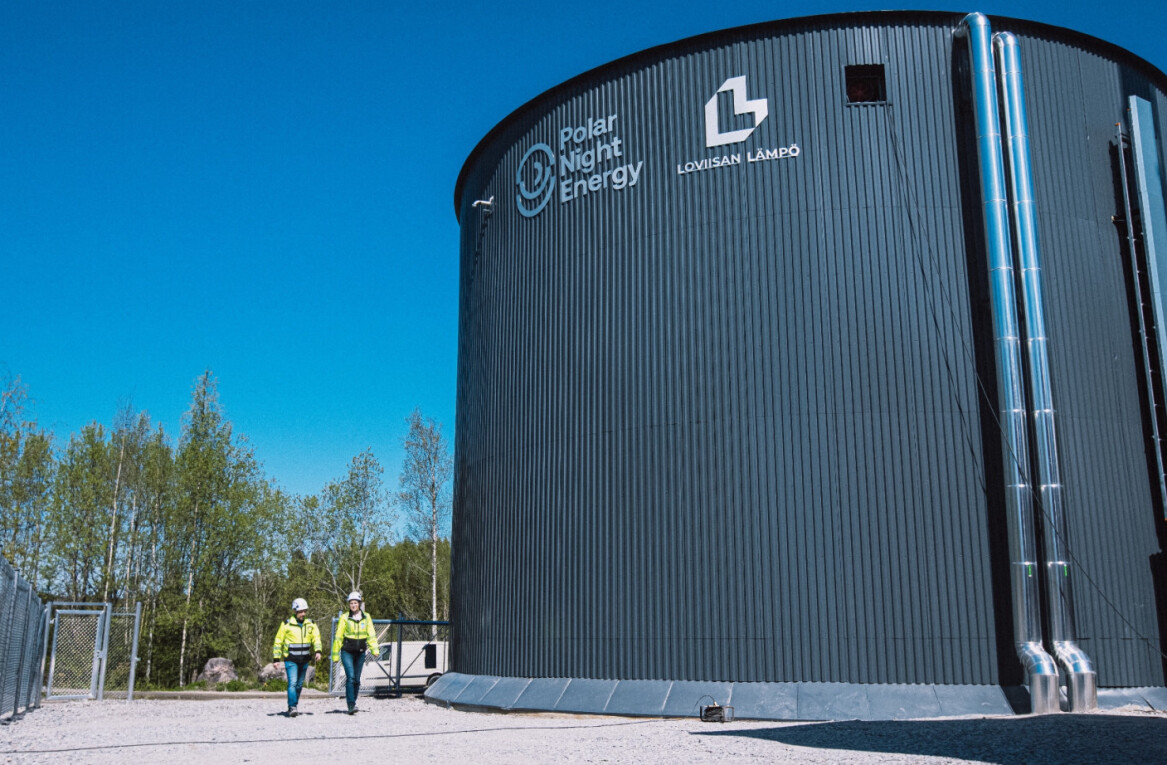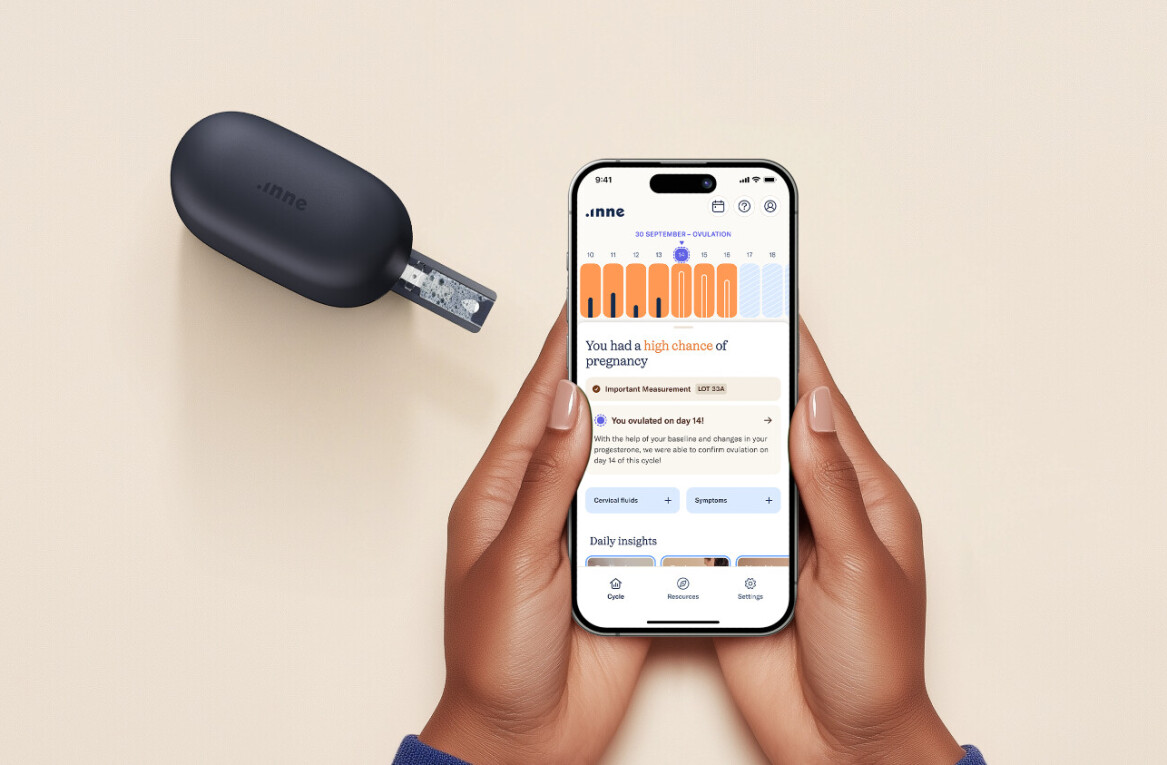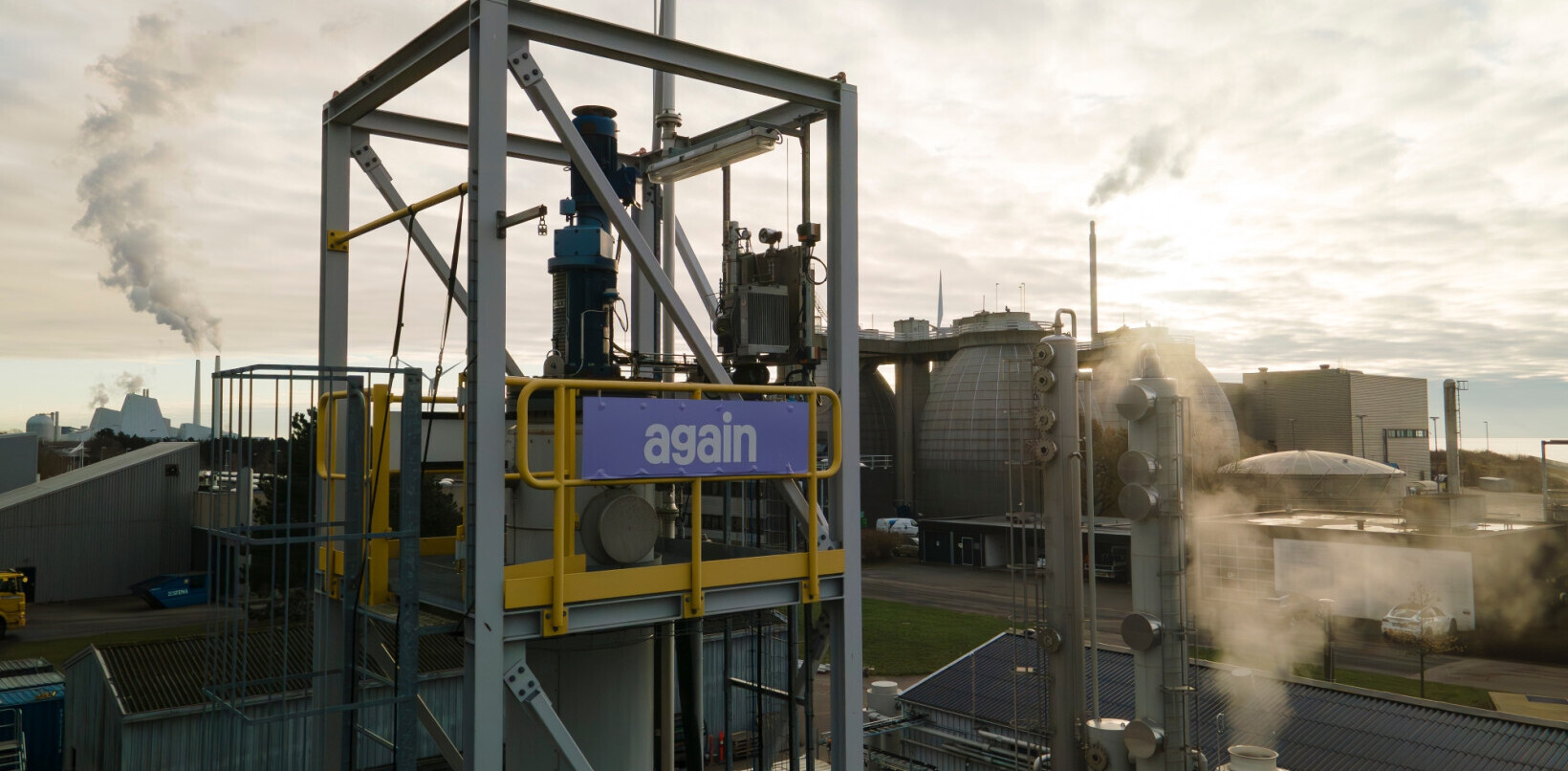
Since I got started in 2010, I’ve been a part of fifteen unsuccessful business projects. You could say, therefore, that my business career has mostly featured failure.
But without the lessons I learned along the way, I never would have been able to get to the point of running one of the hottest startups in e-transportation, which is even making a splash around the world by selling record-breaking electric bikes.
So here are the three key lessons to success… which I’ve learned through a whole lot of trial and error. Have a read and hopefully you will be able to save yourself a whole lot of grief, trouble, and money.
1. Sell things that customers actually want, rather than what sounds cool to you
I moved to Ukraine’s capital, Kyiv, in 2010 to found best.ua, a service analogous to Yelp. At the time, this market was still open and fertile ground and hadn’t been taken over by companies like Google and Foursquare. While working on this project, I realized that Kyiv had no service like Opentable with which people could reserve tables at the restaurants whose profiles we hosted.
It quickly became clear that to do this, we needed to create not simply a reservation button, but a whole CRM system with which restaurants could manage all their available tables and their reservations. We had to replace their time-tested pen-and-paper system.
Even after expending months of effort to build a better, digital system, many restaurant administrators just kept using what they knew best. That should have been a hint.
As often happens whenever a company tries to update its standard operating procedures, there was a learning curve for both our restaurant partners and their customers. Restaurant patrons didn’t yet appreciate the convenience of booking a table in seconds, 24/7, from anywhere with an internet connection. The restaurants didn’t see why they needed to change their booking management protocols when people could just call ahead for reservations like they always had.
In our post-mortem analysis, we found that only about a dozen of Kyiv’s 2000+ restaurants had enough of a problem with their bookings to make our system worthwhile. We spent large amounts of resources constructing a business solution that our customer base wasn’t even asking for in the first place.
Four years later, despite starting with a legitimately solid business idea, I had to cut my losses and sell best.ua. Other restaurant/business review and reservation solutions would spring up and become successful, but they wouldn’t be mine.
2. If your customer wants to buy something, sell it to them!
My current venture, Delfast, is known for its record-breaking e-bikes, but we actually began in 2014 as a delivery startup (hence our name: Del[ivery]fast). We wanted to make one-hour delivery feasible all around Kyiv. Ebikes were our obvious choice of vehicle.
We initially bought our delivery riders the first ebikes we could find, but had poor results. We needed bikes that would carry our couriers about 150-200 kilometers a day on a single charge — in cold, rough Ukrainian riding conditions.
But we soon found none of the bikes on the market could fit the bill. Desperate for a solution, we started building our own bikes, instead. And they worked great!
After a couple of years of operating our delivery business and having figured out our ideal bike solution, word was getting around that we had strong, quality ebikes with a top-of-the-line battery range. We started receiving requests to buy our delivery bikes, which I had no interest in.
At one point, it got so ‘bad’ that I literally had to put up a sign on the door of our headquarters saying that we did not sell ebikes. It took me a year to realize that we were staring directly at organic demand for something we were producing, and yet choosing to ignore it!
In 2017, we decided to take our bike to Interbike Expo in Las Vegas, and we got an amazing reception. We started a campaign on Kickstarter to bring our bikes to the consumer market. We set a goal of $50,000 but ultimately raised $165,000.
The organic demand for our long-distance ebikes convinced me that we had a real, viable business idea on our hands. Producing high-quality, long-range ebikes in a world that wants green transport options offered Delfast a chance to carve out an attractive, sustainable niche in an industry where we had already proven our competence and real demand for our product.
We sold our delivery business in 2020, and are now focused entirely on making world-class ebikes.
3. If you want to enter a crowded marketplace, you need a killer competitive advantage
As I was preparing to launch our crowdfunding campaign, I chatted with my friend, who had managed to raise over $1 million over six Kickstarter campaigns. He pressed me on what made our ebikes worth supporting.
I thought that our ebike and the technology in it spoke for themselves, but then he pulled up Kickstarter and Indiegogo to show me 20 results that popped right up when he searched for ‘electric bicycle.’ He made me understand that Delfast needed а killer competitive advantage that set our bikes apart from a crowded field, or we would get nowhere.
In his book It Won’t Be Easy, Ben Horowitz writes that a startup’s main task is to create a product ten times better than what’s available on the market. It wasn’t physically possible to offer an ebike ten times lighter than the competition, and it wasn’t economically possible to create one ten times cheaper. So we decided to focus on range.
Even our earlier-stage bicycles had a range that was far better than 99% of what was on the market. Our competitors’ ebikes were able to go 30-40 kilometers without pedaling before needing a recharge. What we needed to do was engineer an ebike that could blow those numbers out of the water, and we did exactly that.
When we road-tested our first marketable prototype, we hired the world record holder for balancing on an unmoving bicycle, to ride our bike as far as he could on the highway from Kyiv to the Western Ukrainian city of Lviv. When the battery gave out, our bike had carried him 380 kilometers, even beating out the normal range of a Tesla at the time!
At a later test at the Kyiv Velodrome, Vitaly rode our bike 367.037 kilometers, which was good enough to be certified as a Guiness World Record. With those achievements, we had our killer advantage. News outlets started picking up our story, and the customers and investors really started coming in.
Conclusion
Mr. Horowitz was right when he said that success in innovative business isn’t easy. It took me many years and many failures to get myself and my company to the place where they are now.
But if you remember to listen to the market and to your customers, and to transform your product strengths into a really valuable competitive advantage, you’ll be well on your way to making a big splash in the world, and a lot of money along with it.
Get the TNW newsletter
Get the most important tech news in your inbox each week.




